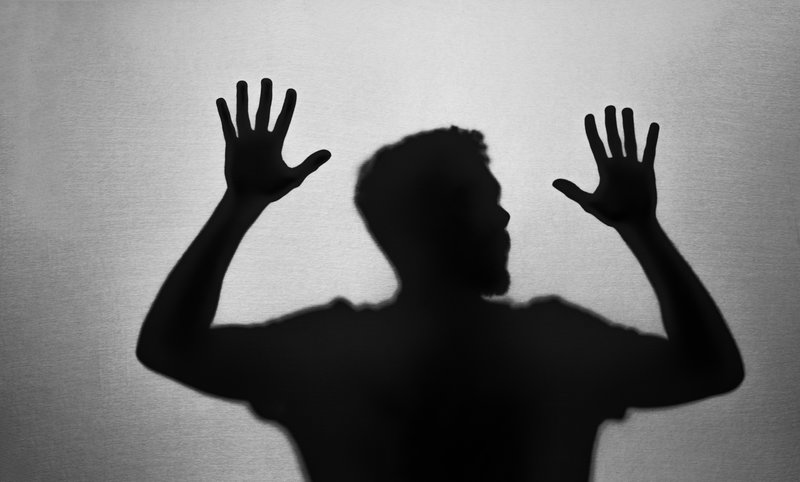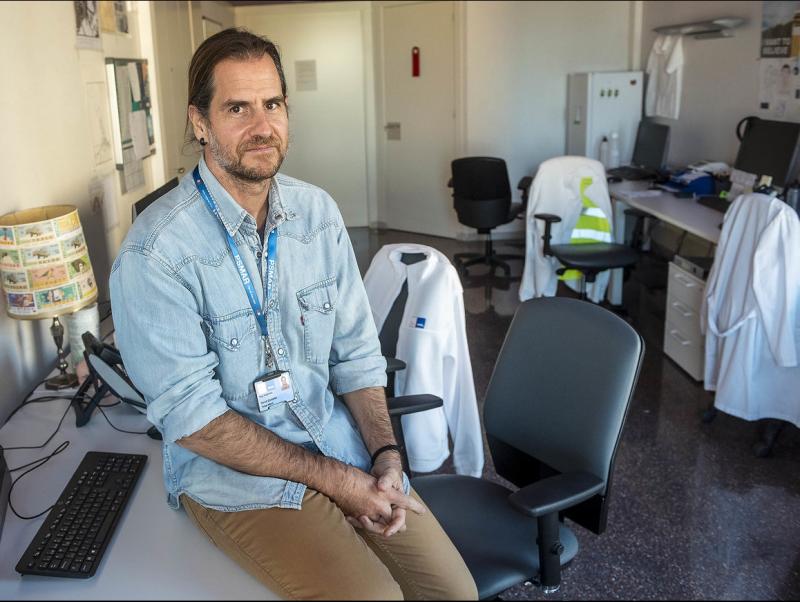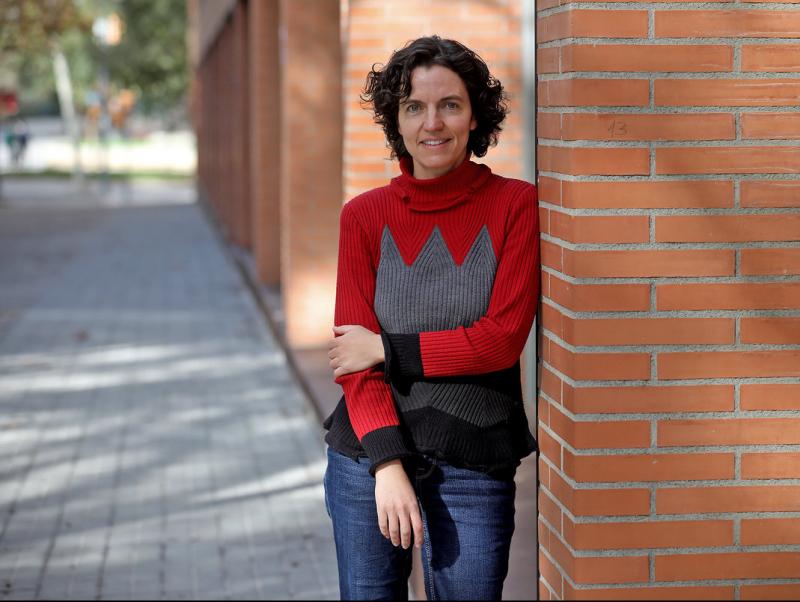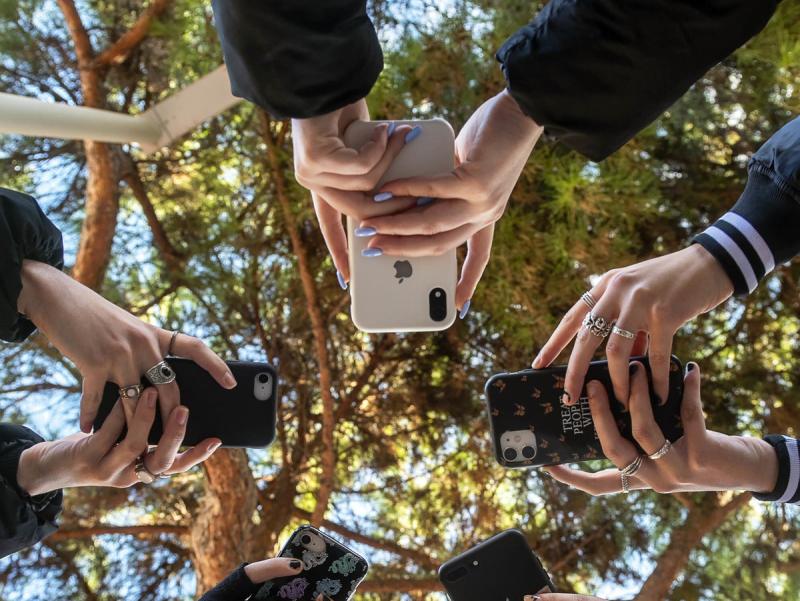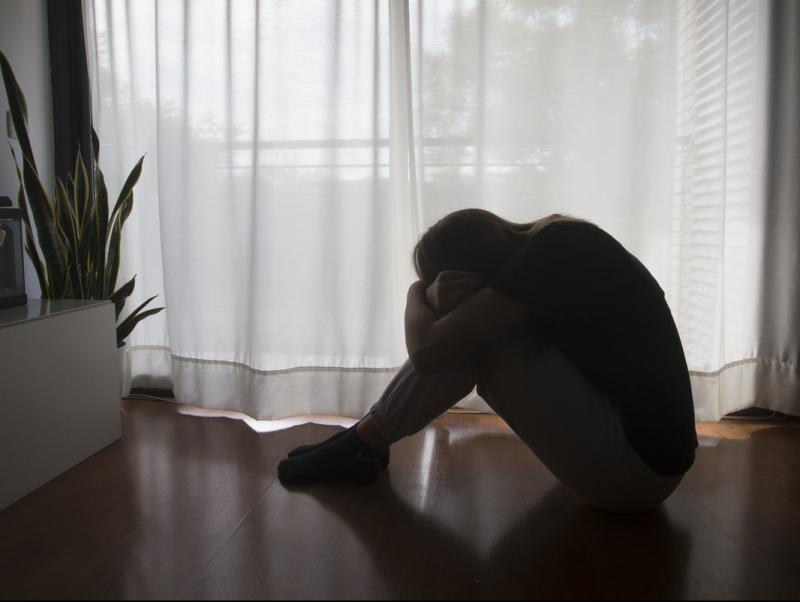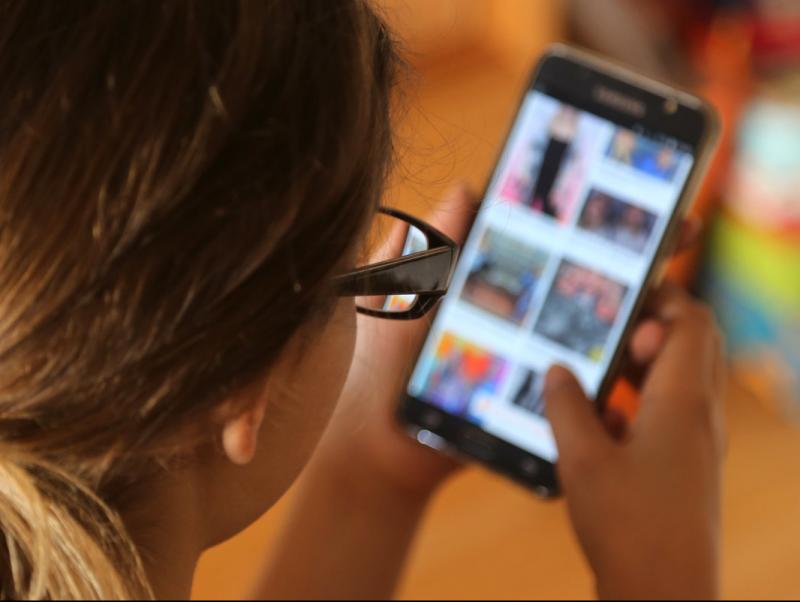“I really want to be the person I used to be before”
Carlos wants to be who he was when he knew nothing about agoraphobia. Little by little, he is finding his way back into the world
Because he wants to remain anonymous, we’ll call him Carlos. He’s around 40 years old and is from a South American country. Due to life circumstances, he now lives in Barcelona, where he studies music. So far so normal, except for years he has been suffering from agoraphobia and has minimal social contact. His mother is staying with him in Barcelona to support him in his recovery. “I feel like I’m a burden to her,” he says, even though he knows that is not the case. “She’s the only one in my family who could come to Barcelona to help me during this process. That’s why I thank her every day.” Carlos has been waiting for our call with a certain uneasiness, he confesses, because even though we don’t see each other face to face, it’s still social contact.
It began with a break-up
His story goes back to when he was 24 and living in his home country. A break-up triggered inner turmoil and soon after came the diagnosis of social anxiety disorder. Another traumatic experience led to his diagnosis of agoraphobia. “I was a veterinary student, and my doctor wrote me a letter so that I wouldn’t be exposed to stressful social situations in college because I had a diagnosis of social anxiety disorder. Yet one day a teacher made me get up and address the whole class. When it was over, I went to the bathroom and drank a bottle of Rivotril [a brand name for a drug containing clonazepam from the benzodiazepine group]. I fell asleep there, until a friend found me. I never went back to college and I couldn’t finish my studies,” he says. Carlos fell into a severe depression, for which he was treated in his country. They used electroconvulsive therapy (TEC), formerly known as electroshock. He did a dozen sessions. “It was good for me,” he says.
Phobia creates distances: “As the problem grows, you lose friends,” he says. “I want to be the same as before, the person who always connected. I remember when I was fine and I feel nostalgia.” He does therapy and is convinced he is making progress. “I bought a bike and went out with a friend who took me on a route. I went out the next day alone and finished it. I ride my bike fast and I don’t pay attention to people. There is no eye contact and I watch the traffic. It has helped me, but I still avoid the main problem: facing people on the street.” He is slowly coming to terms with the therapy. “Thanks to my therapist I’ve been able to get the help of an intern psychologist with whom I’ve developed a kind of grid with all the things that make me anxious in the street, from more to less, so that with her I can start exposing myself to them.”

